Post-procedure care begins immediately after surgery. The first night holds special importance. Pressure can disrupt healing tissue. Proper positioning reduces complications. Most clinics recommend sleeping on your stomach. Back sleeping may compromise circulation to the affected area. Elevation can also help reduce swelling. Pillows must support the body without shifting weight. Patients are often instructed not to roll during sleep. Sleep quality may decrease, but position takes priority. Movement should remain minimal.
Sleeping on your stomach helps minimize tension on the healing region
Stomach sleeping is encouraged for several days. This position keeps weight off the surgical site. It protects newly sutured or treated tissue. Nerve and fat grafts benefit from this orientation. Even minor shifts during sleep can impact results. Specialized pillows may help keep the body steady. Patients often report discomfort. Still, the benefits outweigh inconvenience. Nighttime habits must adjust temporarily. Consistency helps reduce complications.
Side sleeping is allowed in specific cases but must follow medical advice exactly
Some procedures permit side sleeping. This depends on the treated area and depth of surgery. Surgeons provide detailed instructions. Sleeping on the wrong side may compress tissue. Scar tension increases if weight distribution is poor. Support between the legs may help align posture. Patients must avoid twisting the torso. Bedding choices also matter. Firm mattresses provide better control. Frequent adjustments disturb healing.
Movement during sleep can place stress on sutures and surrounding tissue
Unconscious movement happens frequently. Patients may rotate or shift unexpectedly. This creates friction on incisions. Stitches might pull or open. Swelling increases when tissue is disturbed. Protective garments may shift out of place. Overnight damage is harder to detect. Clinics sometimes recommend sleep positioners. Early awareness of movement patterns is helpful. Tracking sleep posture can reveal risks.
Sitting too early places unnecessary strain on treated areas and delays healing
Sitting compresses soft tissue. If surgery involves the lower body, this becomes a risk. Many surgeons advise avoiding sitting for 7–14 days. Direct pressure reduces blood flow. Fat graft survival decreases under sustained compression. Sitting prematurely flattens results. Alternative postures must be used during this phase. Standing or lying on the stomach is safer. Modified chairs or cushions might assist. Strict timing protects results.
Pressure-relieving cushions are essential when sitting becomes unavoidable
At some point, sitting becomes necessary. Pressure must be redirected. Special cushions distribute weight to thighs. This spares the surgical site. Circular cushions or inflatable donuts are discouraged. They focus pressure in harmful zones. Memory foam cushions often work better. Positioning remains critical. Patients must avoid leaning back. Sitting time should be limited. Gradual increases allow tissue adaptation.
Long periods of inactivity increase the risk of swelling and blood clots
Immobility may seem safe, but it carries its own dangers. Circulation slows when the body remains still. Swelling builds in lower extremities. Clot formation becomes more likely. Gentle movements reduce these risks. Leg exercises can be done while lying down. Ankle rotations promote flow. Breathing deeply improves oxygen delivery. Surgeons often recommend walking short distances. This must be done without straining the surgical area.
Early walking is encouraged but must avoid engaging affected muscle groups
Light walking prevents complications. It supports blood flow and lung function. Movement also boosts mental clarity. But the pace must be gentle. The surgical site should not be engaged. Steps must be small and slow. Elevators may be preferred over stairs. Support from others might be needed. Overexertion causes bleeding or fluid buildup. Guidance on walking limits is usually provided.
Sudden twisting or bending can stretch healing tissue and compromise results
Movements that stretch or twist the torso are risky. These motions pull at incision lines. Internal healing structures may tear. Pain often signals improper movement. Everyday tasks like dressing require caution. Rotational stretching must be avoided. Even slight turns may cause setbacks. Assistance with basic tasks may be necessary. Stretching should wait until cleared by medical staff.
Compression garments must be worn consistently to maintain shape and control swelling
Surgical compression garments help maintain contour. They reduce fluid buildup. They prevent skin from shifting unpredictably. Wearing them daily is crucial. Loose garments offer no benefit. Too much tightness creates discomfort. Proper fit ensures results. Most patients wear them for several weeks. Removal must be brief and controlled. Showering is often the only allowed interval.
Sleeping in garments can be uncomfortable but is often necessary for stable healing
Nighttime compression supports round-the-clock recovery. Tissue settles during sleep. Without garments, swelling may return. Heat may increase under fabric. Moisture can accumulate. Patients must keep skin clean. Some use breathable fabrics underneath. Adjusting straps may relieve discomfort. Temporary disturbance in sleep is expected. Results are prioritized over comfort. Gradual adjustment to the routine helps.
Bathroom routines must be planned to avoid pressure and unsafe movements
Post-procedure bathroom use poses unique challenges. Toilet seats may apply pressure. Sitting must be minimized. Raised toilet seats or support bars help. Timing must be controlled to reduce strain. Assistance may be necessary. Surgeons often provide strategies in advance. Laxatives or stool softeners may be recommended. These reduce abdominal tension. Patience is critical during this stage.
Driving must be avoided until sitting is allowed and mobility is regained
Driving involves multiple risk factors. Sitting for extended periods compresses tissue. Seat belts may apply pressure. Sudden braking or turning engages muscles. Reaction time may be reduced post-surgery. Medications may affect alertness. Most surgeons prohibit driving for 2–3 weeks. Public transportation or support from others is needed. Returning to driving requires full mobility and comfort.
Stairs should be limited until balance and core control are re-established
Stairs demand leg strength and core balance. After surgery, both are compromised. Losing balance can tear incisions. Fatigue increases the danger. Railings must be used at all times. Two people may be required initially. Lifting one leg at a time reduces stress. Some clinics advise avoiding stairs entirely. One-floor living simplifies recovery. Caution prevents setbacks.
Sleep quality may drop due to new positions and post-procedure discomfort
Disrupted sleep is common after surgery. New positions feel unfamiliar. Garments may cause warmth or itchiness. Nighttime pain may increase. Medication schedules interfere with rest. Anxiety about healing adds to wakefulness. Sleep routines must adapt. White noise or soft lighting may help. Pre-bed hydration should be limited. Over time, rest improves.
Turning in bed must be done slowly and without engaging core muscles
Rotating the body strains abdominal and gluteal areas. Sudden movements pull tissue. Pain is often sharp. Patients are advised to use arms for support. Rolling must be done in segments. Pillows between knees assist control. Some need help during the first week. Safety matters more than speed. The body adjusts slowly.
Upper body movements like reaching or lifting can disrupt incision healing
Arms affect posture more than expected. Lifting raises torso tension. Reach must be limited. Carrying groceries or children increases stress. Even opening cabinets may stretch scars. These actions delay healing. Patients must delegate tasks. Light activities resume only after clearance. Overhead lifting is especially risky. Instructions vary by procedure type.
Clothing choices should support healing and avoid friction on treated areas
Tight or textured clothing may irritate the skin. Zippers and seams create pressure lines. Loose garments with smooth fabrics are ideal. Elastic waistbands may cut circulation. Post-op bras or support shorts are often provided. Temperature regulation also matters. Layers allow adjustment. Fashion must wait until healing completes. Comfort enables better movement.
Gentle breathing exercises help circulation and reduce tension during recovery
Deep breathing supports oxygen delivery. This aids healing and reduces stiffness. Breathwork also calms anxiety. Inhale deeply through the nose. Hold briefly, then exhale slowly. Repeat several times per hour. This prevents lung complications. Some clinics teach basic routines. These support both body and mind.
